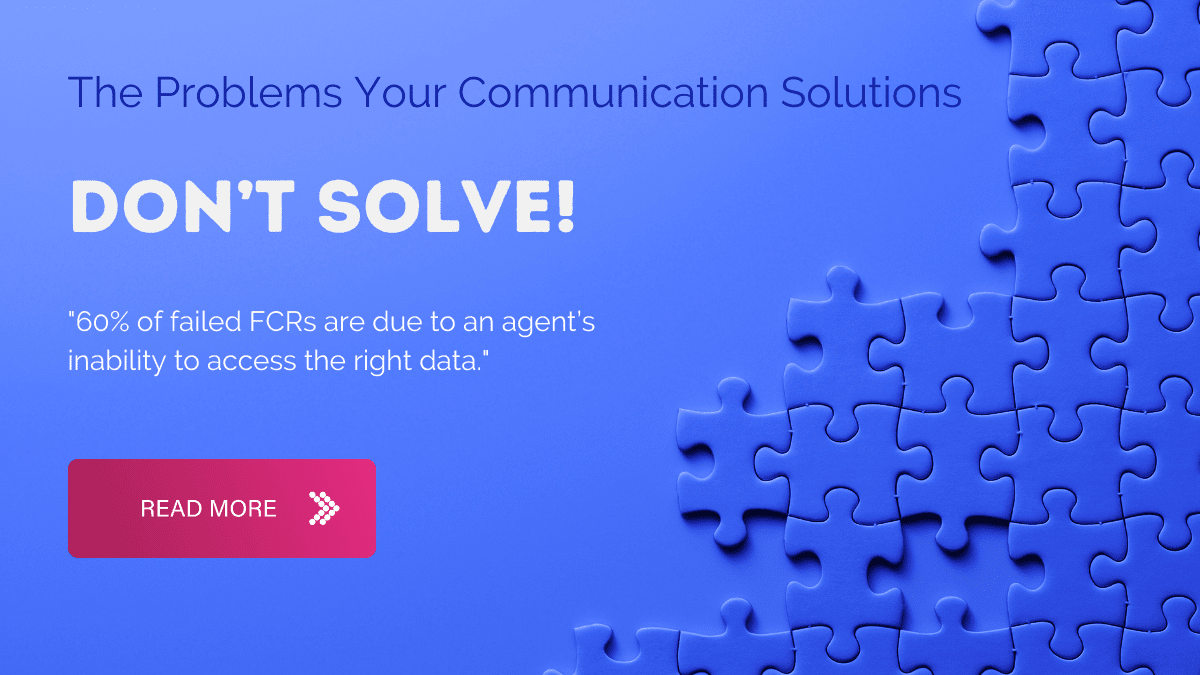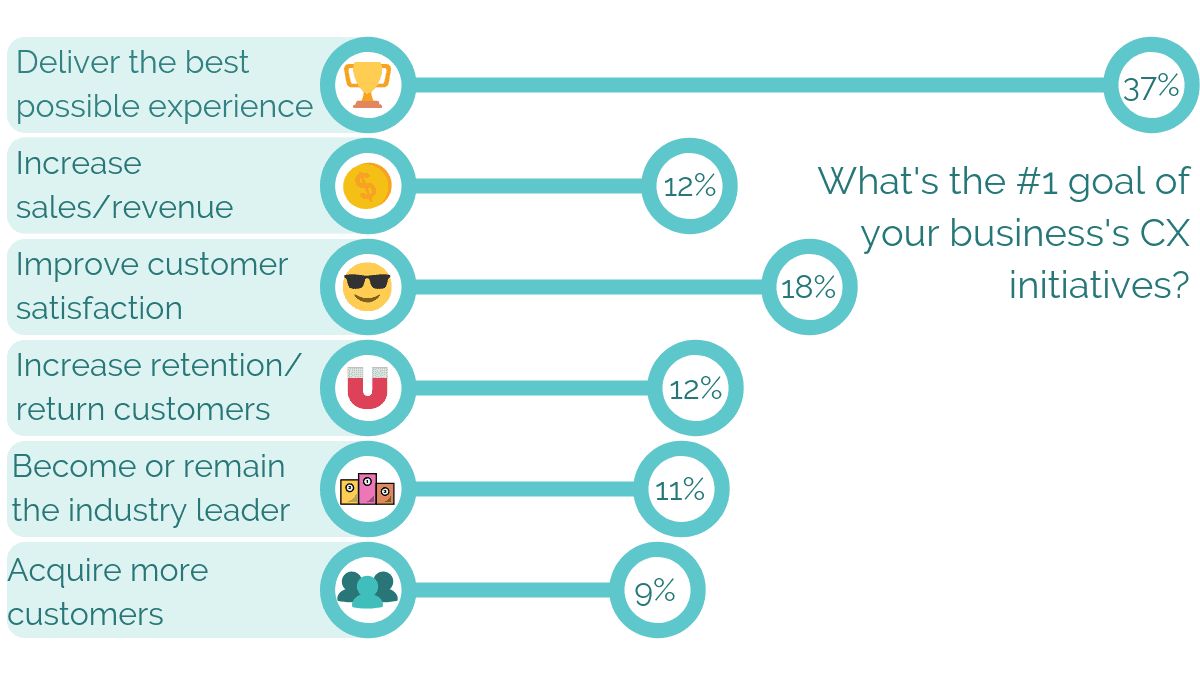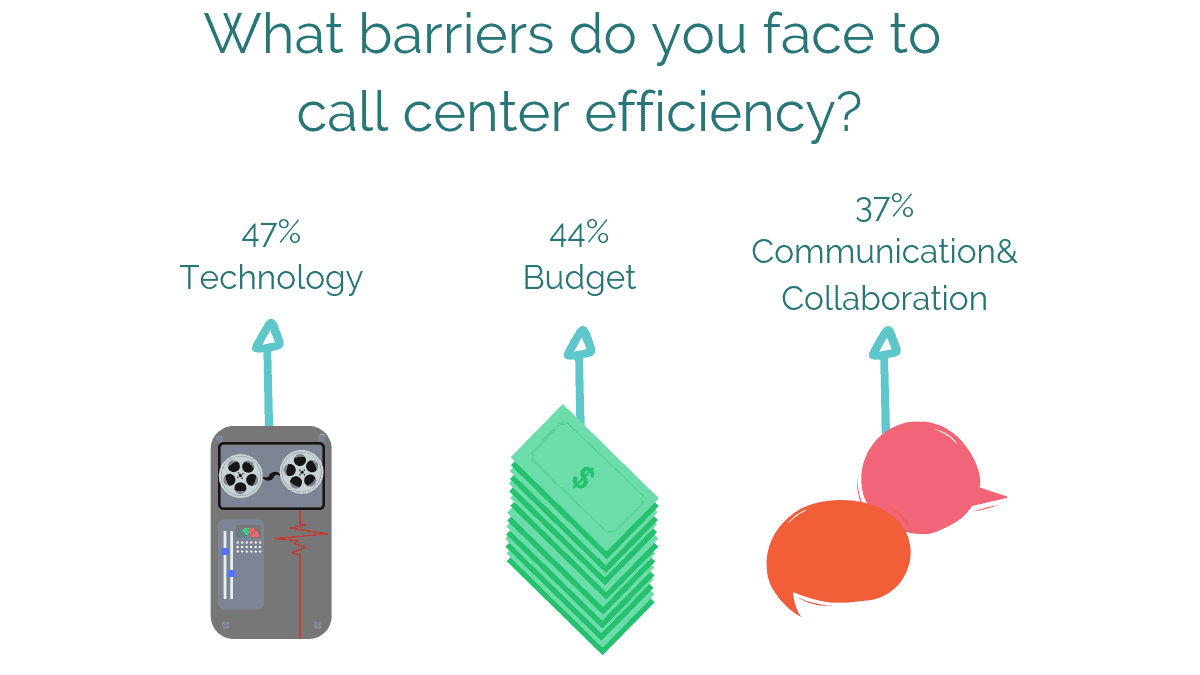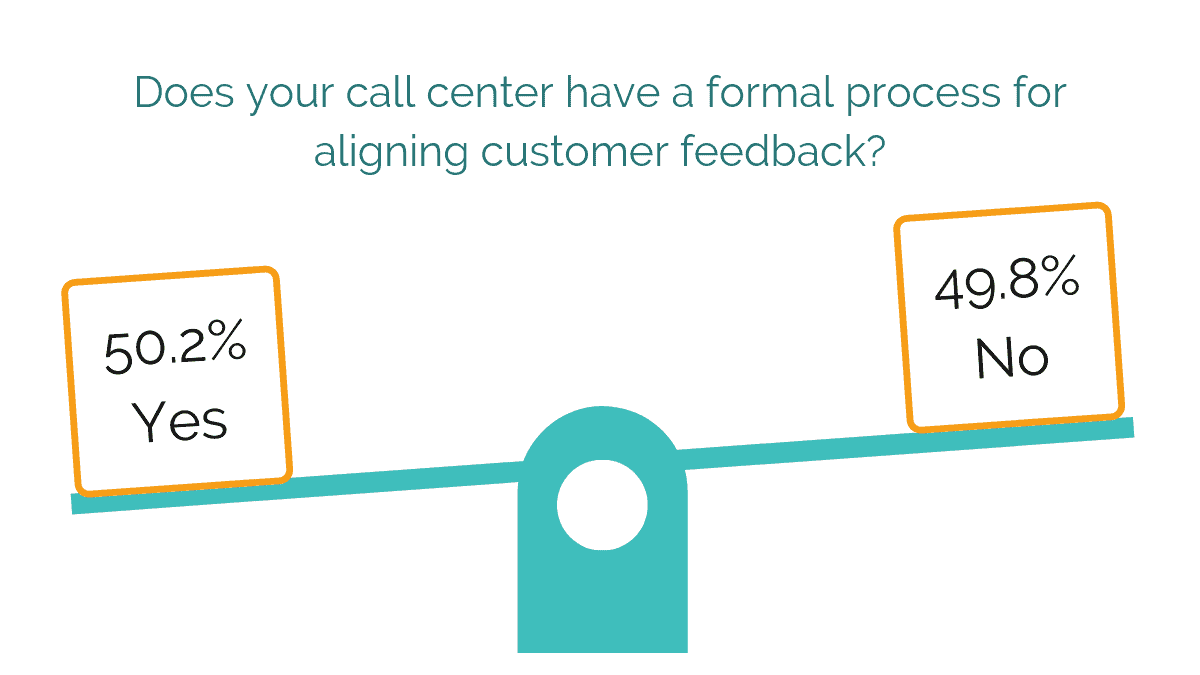Customer service is all about change. You know what customers wanted yesterday – maybe you know what they want today. Do you know what they’ll want tomorrow?
A smart operations team can keep up. But their communication solutions? Less so.
babelforce started as a response to this question: why are there so many broken customer experiences on the phone?
There’s a long answer… but the short answer is ‘change’.
- When demand for self-service increases, can you change to meet that need?
- When customers ask for a more personalized service, can you offer it?
- When zero-waiting becomes the norm, can you keep up?
Can you do any of those things quickly and easily?
Trapped in the wrong communication solutions
Sometimes, call centers get stuck with communication solutions. Shiny new SaaS products often seem like a huge upgrade on the legacy systems they replace.
And it’s true, sort of. Then again, legacy systems set the bar pretty low.
What are the problems with communication solutions?
The main offender is a lack of flexibility. Operations teams in the call center are like car mechanics. They get under the hood to see what they can fine-tune. But most communication solutions offer so little control that your mechanics have barely any tools.
“60% of failed FCRs are due to an agent’s inability to access the right data”
That might be why process improvement projects often focus on what’s easy to reach, like agent skills. It might also be why the success rate for those projects is below 60%.
The process improvement puzzle
We’ve seen agents coached on sounding more friendly, to raise CSat. We’ve seen agents coached on faster task switching, to shrink call queues. (A dangerous game.)
But broken call flows? They’re left in place because it’s too expensive and time-consuming to change them.
Here’s the problem; it doesn’t pay off. Research from McKinsey shows that customers are far more satisfied when businesses focus on improving journeys rather than just touchpoints.
” <Businesses> look at each customer touchpoint, from visiting the website to calling an agent, as a discrete event. But customers experience those events as steps in a single, continuous journey toward an important goal. “
McKinsey, The Growth Engine: Superior Customer Experience in Insurance
It’s the journey…
So what do we need? We want to:
- Treat every customer interaction as part of a continuous journey
- Change any part of the journey, at any time
- Make change quick and affordable
Consider this case study from the McKinsey paper:
An insurance provider wanted to improve its claims process for customers. They guessed that reduced wait time was the best bet until they checked their customer data.
It turned out that wait time wasn’t their big issue. Instead, customers were more concerned about having a single point of contact.
The provider changed their claims journey around that idea, tested it quickly, and went live. The immediate response was a 50% increase in CSat and an 80% decrease in follow-up enquiries.
Doesn’t it sound simple? They studied their customer journey and make a quick change with no fuss.
If only. Few call centers have that kind of control over call flows. Not without a big project and a lot of stakeholders.
Communication solutions, friend or foe?
Right now, your communication solutions probably work against you. Call centers find that the barriers to change are just too high.
But is there something you can do about that?
That’s the question we’ve been asking for years, and our solution is pretty simple.
Don’t scrap your systems.
Don’t buy 100 pieces of highly specialized software.
Don’t give up on CX!
Do integrate your systems. Do automate call flows across them.
What does that mean?
This is what babelforce is all about.
The first step is integration – using APIs to connect systems like IVR, CRM and your Helpdesk. That lets data move freely between those systems, making the ‘single journey’ possible.
The second step is automation – using no-code tools to create call flows. This part is vital because it makes change possible.
” Customer journeys can be complex. Typically, the initial design is never 100 per cent right. Therefore, the work of designing cannot stop at the end of the designated design phase. “
“…In our experience, redesigning customer journeys raises customer satisfaction scores by 15 to 20 points, reduces cost-to-serve by 15 to 20 per cent, and boosts employee engagement by 20 per cent. “
McKinsey, When the Customer Experience Starts at Home
No-code tools mean that anyone who understands the customer experience can create what they need, without coding skills. We’re all working towards change. That becomes quick and affordable because a single person can update call flows and integrations in days or hours.
The big problem that your communication solutions don’t solve is keeping up with the pace of change. But with no-code automation, you can change whatever you need, whenever you need.







